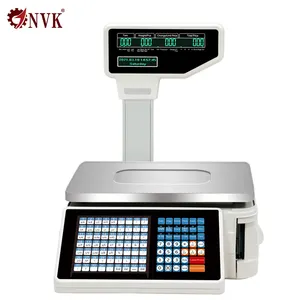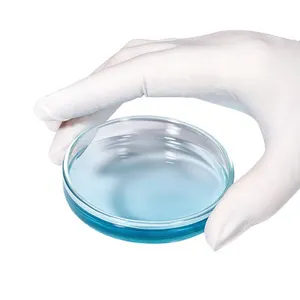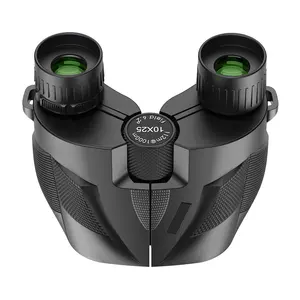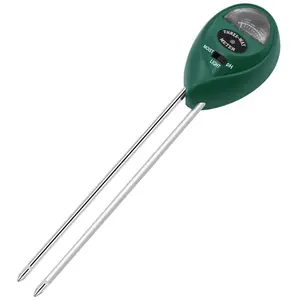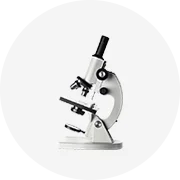Phổ biến trong ngành của bạn










































































Các tìm kiếm liên quan:
















Các danh mục hàng đầu
Giới thiệu về micromet đe mitutoyo
Nhận các phép đo siêu chính xác về kích thước tuyến tính với công suất siêu cực kỳ mạnh mẽ và chính xác. micromet đe mitutoyo tại Alibaba.com. Biến sự thiếu chính xác liên quan đến việc nheo mắt thủ công trở thành dĩ vãng khi bạn mua các đơn vị cơ khí và kỹ thuật số đa năng, dễ sử dụng và giá cả phải chăng .. micromet đe mitutoyo là những công cụ không thể thiếu trong mọi xưởng đo lường chính xác như chúng cung cấp các phép đo tuyến tính chính xác với gia số 0,001 inch hoặc 0,01mm theo hệ Anh.
Các đơn vị đo lường này sử dụng Vernier truyền thống, công nghệ điện tử hoặc kỹ thuật số để đọc các phép đo và chúng có các tùy chọn như đầu , bên ngoài, băng ghế, bên trong và chiều sâu. Các. micromet đe mitutoyo được cung cấp dễ đọc, nhỏ gọn, chính xác và khá thân thiện với những người dùng có trình độ kỹ năng khác nhau. Hầu hết các thiết bị được tạo ra từ thép bền, rắn và có trọng lượng và được sơn phủ kiên cố để chịu được mọi điều kiện bất lợi nhất, mang lại tuổi thọ lâu dài.
Khám phá ống và độ sâu. micromet đe mitutoyo được cung cấp với các tệp đính kèm có thể hoán đổi cho nhau và nhiều tính năng nổi bật khác từ các thương hiệu hàng đầu thế giới tại Alibaba.com. Các thiết bị đo độ dày và khoảng cách phút này đi kèm với các rãnh đặc biệt, bao gồm cạnh dao, phẳng, điểm, hình cầu, lưỡi, đường cong và đĩa. Họ đóng gói tốc độ bánh cóc để cung cấp các phép đo siêu chính xác, cân tích hợp và các bộ phận bê tông có tuổi thọ cao mà không cần sửa chữa hoặc thay thế thường xuyên.
Thật tuyệt vời. micromet đe mitutoyo tại Alibaba.com dành riêng cho xu hướng mua và ngân sách của các nhà bán buôn và bán lẻ. Với nhiều đại lý và nhà cung cấp đã được xác minh trên trang web, sẽ không khó để phát hiện ra các tùy chọn phù hợp với túi tiền và phù hợp với túi tiền. Điều thú vị là các sản phẩm được rao bán có độ bền cao, đa năng và siêu chính xác.
